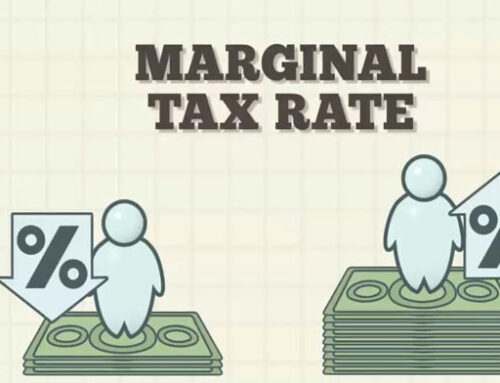An Overview of the T1 Taxpayer’s Form: Income Tax and Benefit Return
The T1 taxpayer’s form, commonly referred to as the Income Tax and Benefit Return, is a crucial document for Canadian taxpayers. It is essential to understand the ins and outs of this form, including who should complete it, where to obtain it, and its different sections.
This comprehensive overview will provide Canadians with all the necessary information about the T1 form. By the end, you will have a clear understanding of its purpose and how to navigate its various sections.

What Is a T1?
The T1 form serves as a comprehensive summary of your income taxes paid to the Canada Revenue Agency (CRA). It is a mandatory requirement for all Canadians to complete and submit this form, as it encompasses the declaration of all income earned during the specified calendar year. Consider the T1 form as a consolidated overview of the various forms you fill out for your income taxes, encompassing all the necessary information needed for filing.
The T1 form is essential for accessing a range of services and benefits, including the Canada Child Benefit, GST/HST refundable tax credits, and other entitlements. Additionally, when applying for significant credits like a mortgage, you may be asked to provide the T1 General Income form as supporting documentation.
How Can I Obtain the T1 Form Online?
Obtaining a copy of the CRA T1 form can be done through various online channels. The most convenient method is to access it digitally.
If you have a CRA My Account, you can easily retrieve your T1 form for the current year and even for the past 11 years by navigating to the “tax returns view” section. For older tax returns, reaching out to the CRA directly at 1-800-959-8281 is necessary to request a copy.
Additionally, you can opt for a hassle-free approach by utilizing tax preparers and certified tax calculators. It’s important to note that T1 forms are categorized by the corresponding calendar years they pertain to. For instance, you should use the 2022 T1 form to report personal income for the 2023 tax year.
Also read: Demystifying Part XIII Income Tax
How to Calculate Your Income for the T1 Form
Calculating your taxable income for the taxpayer’s form (T1) involves three primary steps:
- Gross Income/Revenue: Your gross income encompasses all earnings, such as wages, salaries, profits, interest payments, rents, and any other sources of income before any deductions or taxes are applied.
- Net Income/Revenue: Once you have determined your gross income, you need to subtract the cost of goods sold and any expenses, depreciation and amortization, interest, and taxes to arrive at your net income, also referred to as your profit.
- Taxable Income: In the final step, you deduct other allowable expenses from your net income. The CRA permits various deductions, including rent, utility bills, business-related car expenses, and other eligible amounts. Expenses such as travel expenses, employee bonuses, and other operational costs can typically be deducted from your net income, subject to taxation. The resulting amount represents your taxable income.
Where to Submit Your T1 Form
There are two main options for submitting your T1 form: online and through mail.
- Online Submission: The recommended method for online form submission is through NETFILE, the CRA’s electronic filing service. You can use NETFILE to securely transmit your completed T1 form directly to the CRA.
- Mail Submission: If you prefer a physical copy, you can download the T1 form in PDF format, fill it out manually, and mail it to the appropriate CRA office in your province. The address for mailing your T1 form can be found on the CRA website or by contacting the CRA directly.
Choose the method that is most convenient for you to ensure your T1 form is submitted accurately and on time.

Also read: Be Prepared for Survivor Benefits from OAS and CPP
Deadline for T1 Submission and Payment
The deadline for submitting and paying the T1 form varies depending on the tax year. For the general calendar year, Canadian taxpayers are required to file their T1 form by April 30 of the following year.
For example, if you are filing the T1 form for the 2022 tax year, the deadline for submission and payment would be April 30, 2023. It is important to adhere to this deadline to avoid any penalties or late fees.
Recent Posts
FAQ
Who Should Complete a T1?
Filing a T1 is a mandatory requirement for every Canadian on an annual basis. In addition, business owners, including sole proprietors and partnerships, need to fill out the T1 business form. However, if you operate as a corporation, you are expected to complete the T2 form, specifically designed for corporate income reporting.



